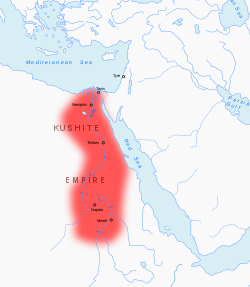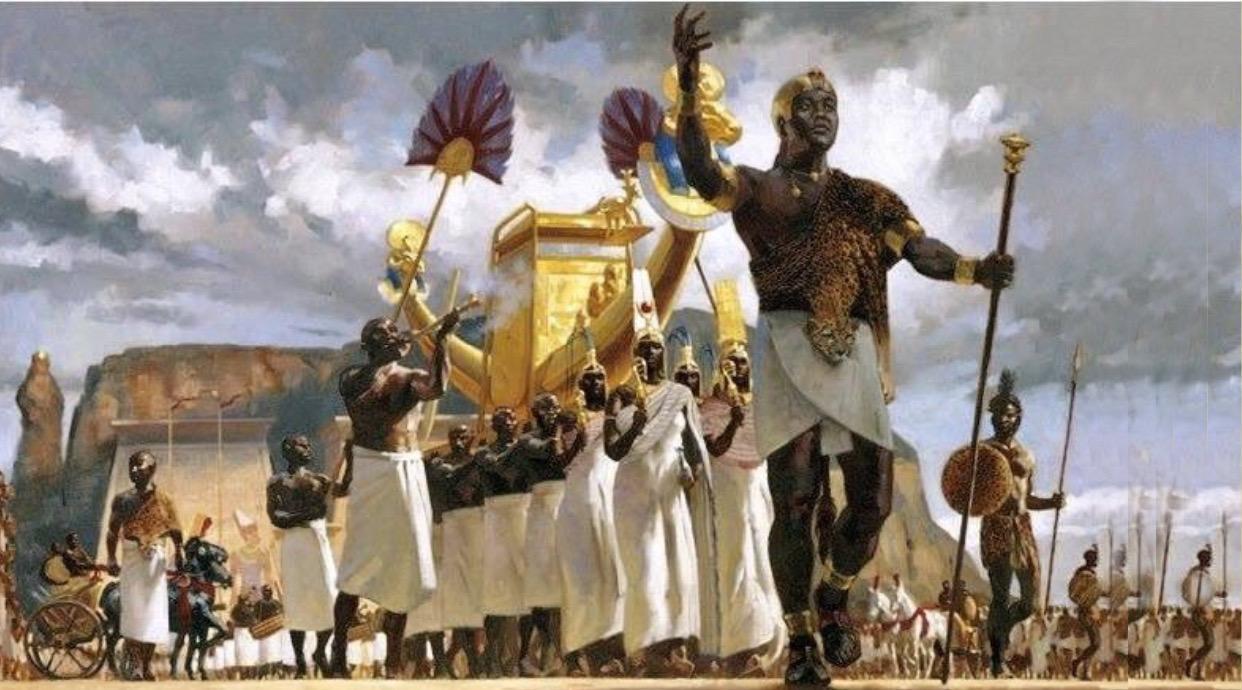The 25th dynasty of Egypt, also known as the Nubian dynasty or kushite kingdom, was the last dynasty of Egypt’s Third Middle Era after the Nubian incursion (the XXV Dynasty or the 25th Dynasty).
The 25th dynasty was a line of pharaohs from Kush Kingdom, located in northern Sudan and Upper Egypt today.

Most of the kings of this dynasty have seen Napata as their ancestral homeland. They reigned from 744–656 BC, in part or all of Ancient Egypt.
The dynasty began with the conquest of Upper Egypt by Kashta and resulted in successful and ineffective wars with the Neo-Assyrian Empire in Mesopotamia in several years.
In Lower Egypt, Upper Egypt and Kush the 25th Dynasty reunited formed the New Kingdom ‘s largest Egyptian empire.

They assimilated into civilization through the reaffirmations and adoption of distinctive elements of the Kushite culture of ancient Egyptian religious practices, temples and artistic styles.
The first widespread construction of pyramids (many of which now are the Sudan) since the Middle Kingdom took place in the Nile valley during the 25th dynasty.
Unfortunately the Nubians were conquered, defeated and expelled by their predecessors, Esarhaddon and Ashurbanippal, following the emperors Sargon II and Sennacherib’s suppression of the Nubian kings’ attempts to establish themselves in the Near East.
War with Assyria led to an end to Northern Egypt’s Kushite dominance, and the Neo-Assyrian Empire’s conquest of Egypt.
The Twenty-sixth Dynasty, originally a proxy state, was successor to Assyrian and Assyrian vassals, the first native state to rule Egypt prior to its conquest by the Achaemenid empire. The fall of the 25th Dynasty marks also the start of the Late Egyptian era.
 The African History Truly African
The African History Truly African

